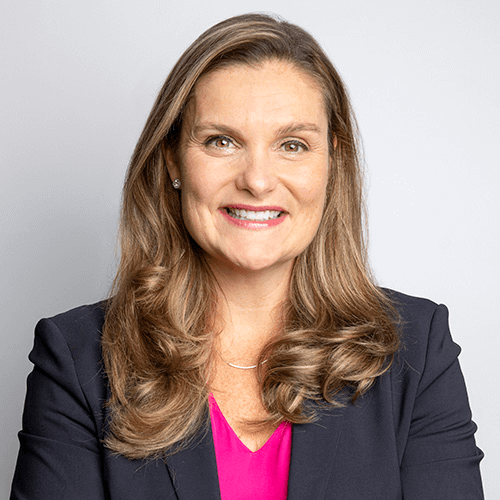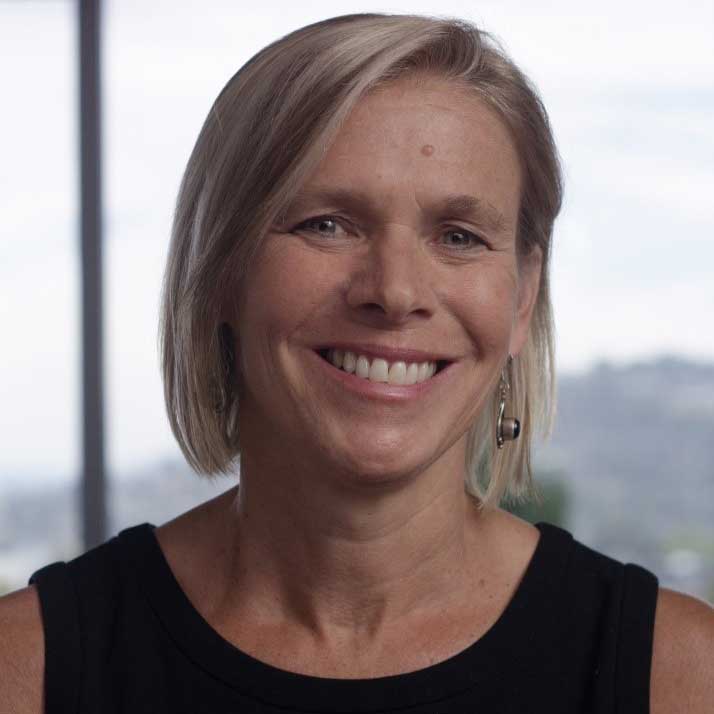The headlines on ESG are eye-catching. Flows into ESG-linked funds hit record levels across 2020 and now account for one third of AUM by some estimates1. In addition, the venture capital investment rate into fields like Cleantech has been three times higher than for Artificial Intelligence2.
But the headlines mask a myriad of challenges: an alphabet soup of reporting standards, claims of skin-deep investor marketing, and concerns around corporate greenwashing. SEC commissioner Hester Peirce went so far as to call out ESG as “labelling based on incomplete information, public shaming, and shunning wrapped in moral rhetoric.”
The numbers also risk underselling the scale of the challenge. A recent report from the GFMA and BCG estimates that the climate finance market needs to grow to $3–5 trillion+ of investment per year to achieve the ambitions set out in the Paris Agreement, an increase of five to eight times current levels. The existing market structure will not be sufficient to make the transition; there needs to be collaboration between the financial community, the corporate sector as well as national and regional governments.
The hope is that the Biden administration’s transition commitment to ‘Build Back Better’ could herald the ESG tipping point we need.
Calling out climate change on the campaign trail as “an existential threat to humanity,” Biden has set out an ambitious roadmap to decarbonize the U.S. economy. He has pledged to re-join the Paris climate accord on his first day in office, set a goal for all electricity to be emissions-free by 2035, and committed to put the U.S. on “an irreversible path to achieve net-zero emissions, economy-wide, by no later than 2050.”
It will require unprecedented investment, as evidenced by his $2 trillion green stimulus plan. Yet will efforts be stymied by a lack of bipartisan support? Are there other policy tools if he doesn’t have control of the Senate?
To get a unique insider’s perspective, we turned to Cathy Zoi, CEO of EVgo. We got to know Zoi as we advised General Motors on their partnership with EVgo to triple the size of the public fast charging network for Electric Vehicles (EVs) in the U.S. She has both the front-line corporate perspective, but also deep policy insights as the former Assistant Secretary for Renewable Energy in the Obama administration.
A safe haven for private capital
“I had the privilege to work very closely with Joe Biden. He was the sheriff of the Recovery Act at a time when, frankly, the only free capital investing in the clean energy space was government,” said Zoi, outlining their approach setting renewable policies.
“We took a very creative ecosystem approach to making investments. We used a variety of policy instruments to ignite markets. The more mature the technology, we could use a tax instrument, as opposed to early-stage technologies where we had grants for research.”
In addition to creating jobs, the core policy principle at the time was to create a safe haven for private capital, in effect using a small amount of government dollars to leverage private sector investments.
“What we would do is, if there were a technology that was near commercial terms but just needed a little bit of bridge funding, that's what the government contribution was, so that the private capital could be de-risked.”
Fast forward to today, and Zoi can see similar green policy opportunities in sectors like hers. “Transportation is electrifying. But if you're a private company like ours, EVs aren't yet on the market. So one of the policy instruments that's going to be fantastic is a Public-Private partnership to accelerate the deployment of charging infrastructure.”
It’s a view we echo at RBC. From our financial perspective, we see a misalignment of risk capital; some of the newer technologies are not at the scale where they meet the requirements of financial investors. Yet we’re going to need to pivot our corporate strategies to align with 2050 net-zero goal and we’re going to rely on that concept of blended finance and partnership to do so.
The importance of corporate vision
Yet there are limits on what government policy alone can achieve. To tackle the problem will also require entrepreneurs and investors with vision.
To Zoi, the recipe for success is a prefect trifecta: “Companies have to make a commitment. Government policies have to create a safe haven for the capital so that the innovative companies are not disadvantaged commercially and then cultural expectations have to align with those ESG commitments.”
She heralds GM’s CEO Mary Barra as a leader with just that vision with her ‘Zero Emissions, Zero Crashes, Zero Congestion’ commitment. “I'm looking for corporate leaders who are saying, “I want the world to be this way. I have a product or a service I can develop that I think the market is going to like. But in order for me to make sure that I'm doing right by my shareholders, I have to ensure that government policy supports that sort of investment.”
And it’s that theme of collaboration that is key in addressing the scale of the challenge. We can’t solve these complex issues all on our own. We need to work across industries, across verticals, big companies, small companies, governments and banks together in order to achieve these big picture goals.
[1] https://www.marketwatch.com/story/esg-investing-now-accounts-for-one-third-of-total-u-s-assets-under-management-11605626611
[2] https://www.pwc.com/gx/en/services/sustainability/assets/pwc-the-state-of-climate-tech-2020.pdf

